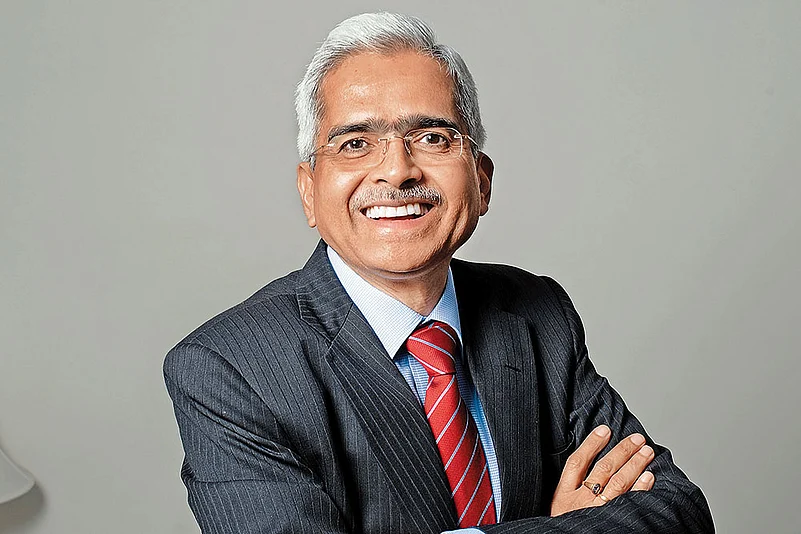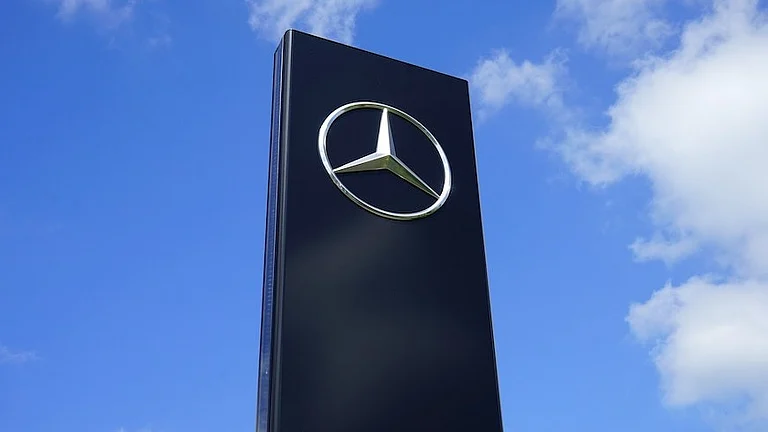Former finance secretary Shaktikanta Das was dismissed as a yes-man of the Union government when, in 2018, he was appointed as the governor of the Reserve Bank of India (RBI) without having a degree in economics. The last time India had a non-economist as the RBI governor was 28 years before that—Sri Venkitaramanan, another finance secretary, was made the RBI governor in December 1990 and served for two years. Das’ master’s in history was seen a handicap in steering India’s central bank in a financial system that has increasingly become complex over the last three decades.
His baptism of fire came when, in the first quarter of FY21, Covid-19 pushed the Indian economy into recession, a first in four decades. Experts say that had it not been for the calibrated monetary measures announced by the RBI, the situation would have been far worse. Under Das’ stewardship, the RBI first cut the repo rate to a record low of 4.4% and then maintained it at 4% throughout the Covid-19 period. It offered liquidity facilities for Rs 17.2 lakh crore, of which Rs 11.9 lakh crore was utilised.
Banks were given leeway in determining working capital cycles and limits for corporate borrowers. Individuals were given a break from paying their monthly installments, reducing the stress that came with job losses and salary cuts that were announced by corporates to conserve working capital.
Liquidity Management
Das’ role is more important today, as the country’s challenges have continued since the Covid-19 days. His team is currently firefighting high inflation, which is an offshoot of global supply chain constraints, aggravated in the post-pandemic world that appears to be a missile’s attack away from a World War in the Russia-Ukraine war theatre. Despite heavy capital outflow in the form of foreign portfolio investments due to rising interest rates in the US, the RBI has managed to arrest the fall of rupee against the US dollar, thus providing stability to the Indian economy. Between January 1 and November 16 this year, the INR depreciated by 9.34%. This performance is far better than how other currencies, like Japanese yen, which depreciated by 21.03% in the same period, and Chinese yuan that went down by 11.81% have performed. The US Dollar Index, a measure of the US dollar’s performance against six major currencies (euro, pound, yen, Canadian dollar, Swedish krona and Swiss franc) has risen by 10.4%, indicating that the rupee has weathered the storm of depreciation in value in a much better way compared to other leading currencies.
“Two years ago in March 2020, we began a journey to fight the onslaught of Covid-19 on our economy with courage and determination. During the period thereafter, the Reserve Bank has successfully navigated its course through turbulent waters. While the pandemic has scarred our psyche and tested our resilience, we have responded with bold, unconventional and resolute measures to stabilise the economy through three waves of the pandemic. As the situation normalised, we have taken measures towards rebalancing liquidity conditions while ensuring that our actions are nimble and proactive but well-timed,” said Das in the April Monetary Policy meeting, explaining the tight rope he had to walk to safeguard the Indian economy from falling into the recession again.
Despite being conscious of the scrutiny his every decision received from experts, Das has never shied away from taking tough calls, even at the cost of inviting doom’s day commentary from them.
His decision to allow India’s forex reserves to deplete in order to protect the value of rupee against the dollar has won him appreciation as well as invited criticism from a wide spectrum of observers. At one point, there were talks that the RBI’s obsession with protecting the value of rupee against dollar by selling the latter in the open market will push India in a 1990s kind of balance of payments crisis. But Das, with a keen eye on the global economy, maintained calm, allowing calibrated depreciation of the Indian rupee using the sale of the US dollar. As things stand today, the US dollar has stabilised and is no longer rising at the speed witnessed in the first two quarters of the current financial year. Early November, the Indian rupee touched an over one-month high against the greenback at Rs 81.92.
With India expected to do better than the US or other major European economies, Das’ tough days seem to be behind him. The appreciation for the RBI’s rupee management came from none other than former RBI governor Raghuram Rajan in July, when he said that the RBI had done a good job in increasing the foreign reserves and India had no chance of facing a forex reserve crisis like Sri Lanka or Pakistan did.
RBI’s Hegemony
When Das took over as the head of the RBI, the world was abuzz with talks of central banks losing their relevance in the wake of a decentralised financial system led by cryptocurrencies. With El Salvador making Bitcoin a legal tender and several other nations either allowing its use for financial transactions or being ambivalent about its legality, it appeared that the RBI would have to accommodate the digital ledger-based currencies in its financial system as well.
But, Das has had other plans. Invoking the analogy of Tulip Mania of the 17th century, he waged a war against the very idea of the private cryptocurrency despite its rising popularity in India. Though central bankers tend to be skeptical about anything that challenges their hegemony over the fiat currency, Das is unusually combative on the issue, putting pressure on the government every now and then to be cautious about the whole concept. At the same time, the RBI under him has started exploring a central bank digital currency (CBDC) that partly leverages the same technological logic as cryptocurrency but can have a fiat status. The RBI is in the final stage of launching a CBDC pilot involving state-run and private banks for retail use.
Das will continue to face new challenges in coming months, including about the shape rupee takes in the digital world and if it is possible for a fiat currency to be privatised. Nobody can predict whether he will have answers to all probing questions. However, one thing that the history graduate has proved so far is that degree does not matter if one can deliver results.



























